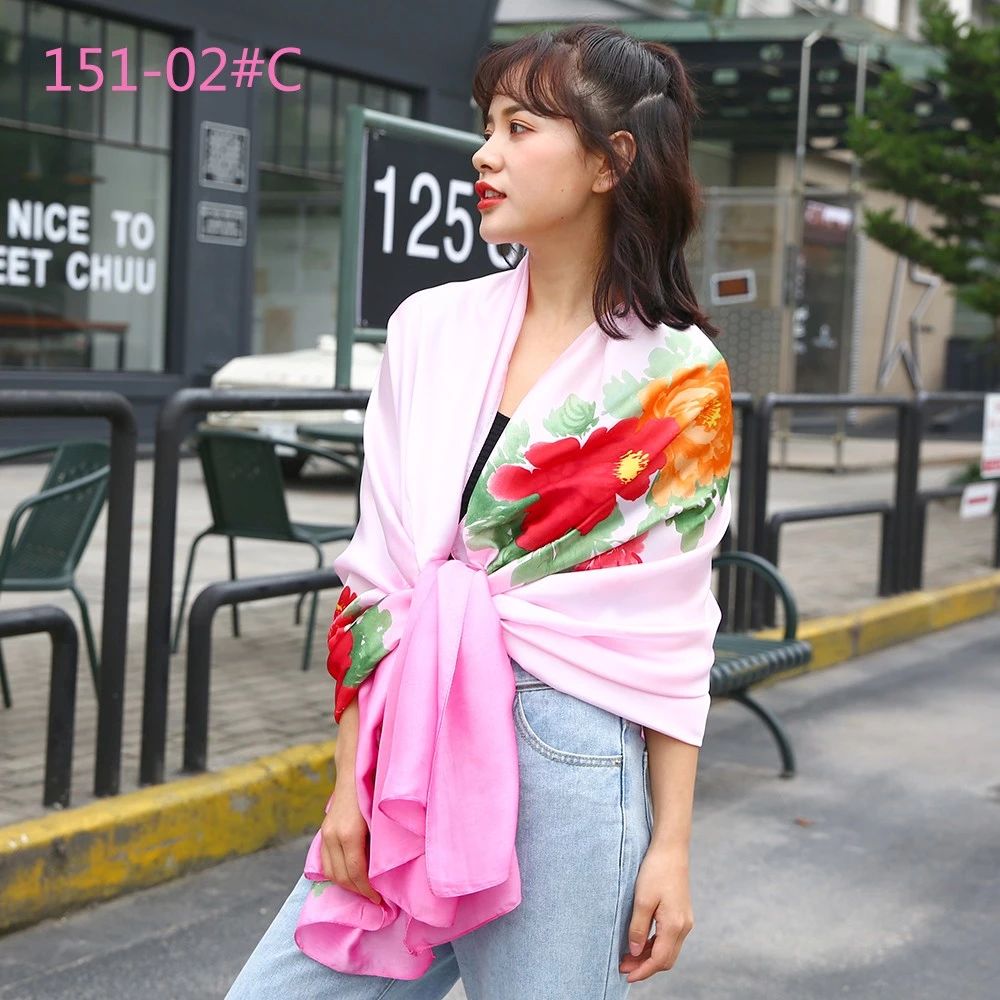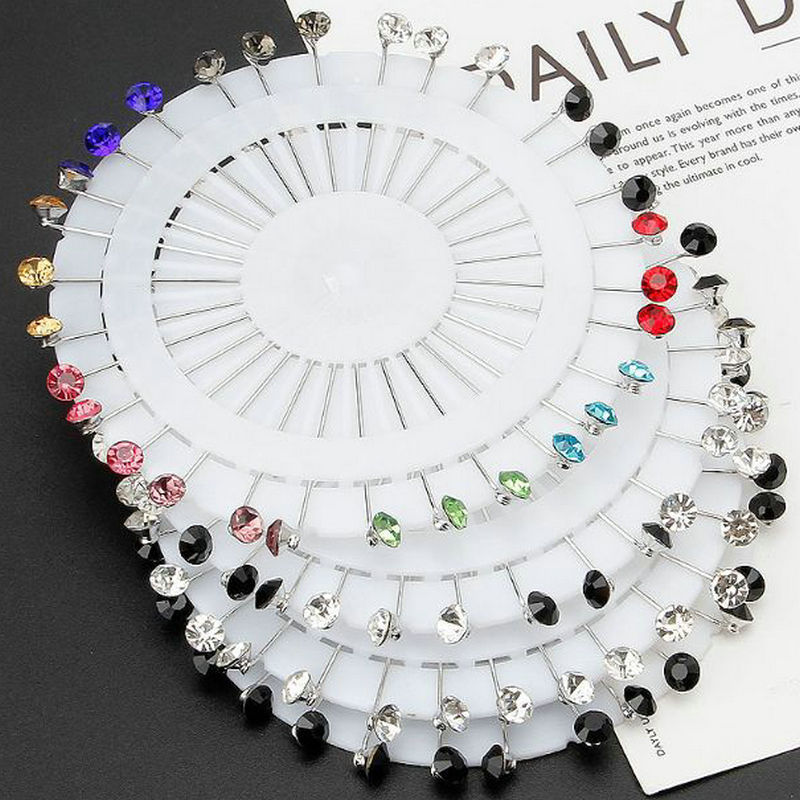90 years of expert advice and inspiration, for every couple.
By clicking “Accept All Cookies”, you agree to the storing of cookies on your device to enhance site navigation, analyze site usage, and assist in our marketing efforts. Jacquard Scarf

There is so much to consider when crafting your perfect wedding look—from your hair to your shoes to everything in between. But if you are a Muslim bride who wears a hijab, you’ve got yet another element to consider.
A hijab is a headscarf some Muslim women wear to cover their hair and chest in front of men that are not part of the immediate family. In the Islamic tradition, hijab means to cover your arms, neck, and legs and avoid tight or sheer clothing.
Muslim women and men are supposed to start covering and dressing modestly when they hit puberty, according to religious guidelines. However, Islam is clear that there is no compulsion in religion, and no one can be forced to cover. This is why some women wear a hijab and others do not; it’s also why women wear it at different ages when (and if) they feel ready to take that step.
Hijab is also not one-size-fits-all and can vary based on culture and upbringing. Every woman who wears one often incorporates this piece of faith into her personal style, which means brides are likely to do the same. We spoke with expert LaTerry Abdulnoor Yaseen Mohsin to understand the significance of the hijab and how Muslim brides can balance faith and fashion on their wedding day.
LaTerry Abdulnoor Yaseen Mohsin studied fashion design in London. She is the founding director of Shop Sumayya, a modest American clothing brand, and Sew Modest, a Detroit-based sewing and crafting studio.
Hijab can be as diverse as the women who wear it. Some brides prefer a simple style while others go for a glamorous look. “I’ve seen the hijab be really ornate with headpieces, jewels, and stones,” explains LaTerry. “Instead of wearing a crown, have the hijab itself be your crown and that sparkling moment.”
Brides, whether they wear traditional white dresses or something more cultural, should buy fabric the complements the dress. LaTerry reminds her brides that because it’s their wedding day, they don’t want to wear anything that will look too casual, and it’s important to invest in a quality hijab.
When opting for a traditional white dress, it’s very important to find a hijab color that complements the dress. When a bride is dressed in white from head to toe, LaTerry warns they can sometimes end up looking ghostly. “Don’t be afraid to have a pop of color.”
If a pop of color isn’t the look you want, LaTerry suggests using creams, off-white, nudes, and different hues of white. This can help keep the traditional white look without making the color seem overbearing.
“Don’t be afraid of pattern and texture,” LaTerry reminds her brides. If you are very particular about your color palette, just changing the texture of the different elements can make a huge difference. “Having a satin mixed with chiffon or 3D flowers or different weights of fabric can add depth to the look so you’re not looking like a giant blob of one color,” says LaTerry.
Since hijab isn’t just about covering your hair but also about dressing modestly overall, there will likely be extra alterations that a bride needs from adding a lining to any sheer part of the dress or adding sleeves or a higher neckline for proper coverage. LaTerry has seen brides wear a different piece of clothing underneath their dress for a modest look, but that solution can sometimes be hot, uncomfortable, or bulky. If you opt for a full-sleeve shirt under the dress, make sure it’s a material that is thin, has a formal look, and matches the dress. LaTerry suggests finding shirts similar to athletic shirts because they stretch to fit nicely and often have a sheen that can actually make them look formal as opposed to cotton.
“Ultimately, it just looks like you’re wearing a shirt under a gown, so it may fit the need but not necessarily the event,” says LaTerry. She suggests trying to find a long-sleeved gown if possible, especially since they are quite common now, or finding a dress you love and getting it altered to add sleeves or lining to make it more modest. The best-case scenario, however, is having a custom gown made. LaTerry has made multiple custom gowns for her hijabi brides, including her own, so that the entire event and a bride’s personal style and modesty level can be taken into consideration.
The more you have to consider, the more time you’ll need. Brides should make sure they give themselves enough time to find not just the right color and fabric for the hijab but for any alterations, slips, and lining that might be needed. Sometimes it comes down to finding the right color or picking a fabric that is more formal.
South Asian brides have their own type of wedding dresses, which come with veils called dupatta that match the outfit. Traditionally, brides from the Indian subcontinent already cover their hair on their wedding day regardless of religion, which makes wearing a traditional lehenga very convenient. Brides will often decide to wear a lehenga with a matching dupatta to cover their hair and can pin the veil in a way that is suitable for how much coverage they need.
If you're wearing a traditional white gown, you can still use a veil to cover your hair. Try one that isn’t see through to maintain a classic yet modest look, or wear a neutral- or flesh-colored hijab with a traditional lace or sheer veil on top.
Some weddings are gender-segregated, so the bride only needs to cover her hair for a short period of time. In this case, brides often opt for hooded capes or a hooded poncho. Specialty bridal boutiques often sell hooded capes that can be as long as a veil but have a large hood that can be used to cover the hair. The capes, or ponchos, can also be made to look more formal by adding lace, fur, feathers, pearls, or any embellishments.
Some Muslim women cover their hair by wearing a turban-style hijab—this is when the hair is covered, but the neck is not. Some women don’t mind their neck showing while others wear a high neck to achieve a full hijab look. In this case, brides can also use a formal fabric tied like a turban to cover their hair while still having a traditional veil.
Some brides prefer not to venture out and keep their hijab traditional. In this case, brides will have their hair done in an updo and hire a hijab stylist to tie their scarf. The hijab can be pinned to preserve the integrity of the hairstyle underneath or the stylist can add pleats, pearls, and layers to add volume and glamour. LaTerry reminds brides that if the style is too intricate, it can be time-consuming and heavy: “The more modern hijabi bride tends to prefer something light, airy, and the beauty without all the hassle,” she shares.
They Said No to the Dress: Brides Are Embracing the Wedding Suit
The Best Champagne Mother of the Bride Dresses for Every Wedding Style
14 Beautiful Wedding Outfits for LGBTQ+ Brides
10 Silver Mother-of-the-Bride and -Groom Dress Ideas for a Modern Wedding-Day Look
What to Wear to a Rehearsal Dinner as the Groom
35 Wedding Updos Perfect for Long Hair
The 14 Bridal Capes to Complement Any Wedding Dress Style
What to Wear to a Rehearsal Dinner as a Bridesmaid
A Glossary of Wedding Words and Terminology from A to Z
How to Add Sleeves to a Wedding Dress
Our Favorite Celebrity Looks to Help Inspire Your Fall Wedding Wardrobe
The 25 Best Places to Buy Wedding Dresses Online, Tested & Reviewed
What to Wear to a Rehearsal Dinner as the Bride
How to Choose Your Wedding Day Jewelry
20 Modest Mother-of-the-Bride and -Groom Dress Ideas

Pashmina Scarf Cashmere The 24 Best Wedding Guest Dresses You Can Get on Amazon